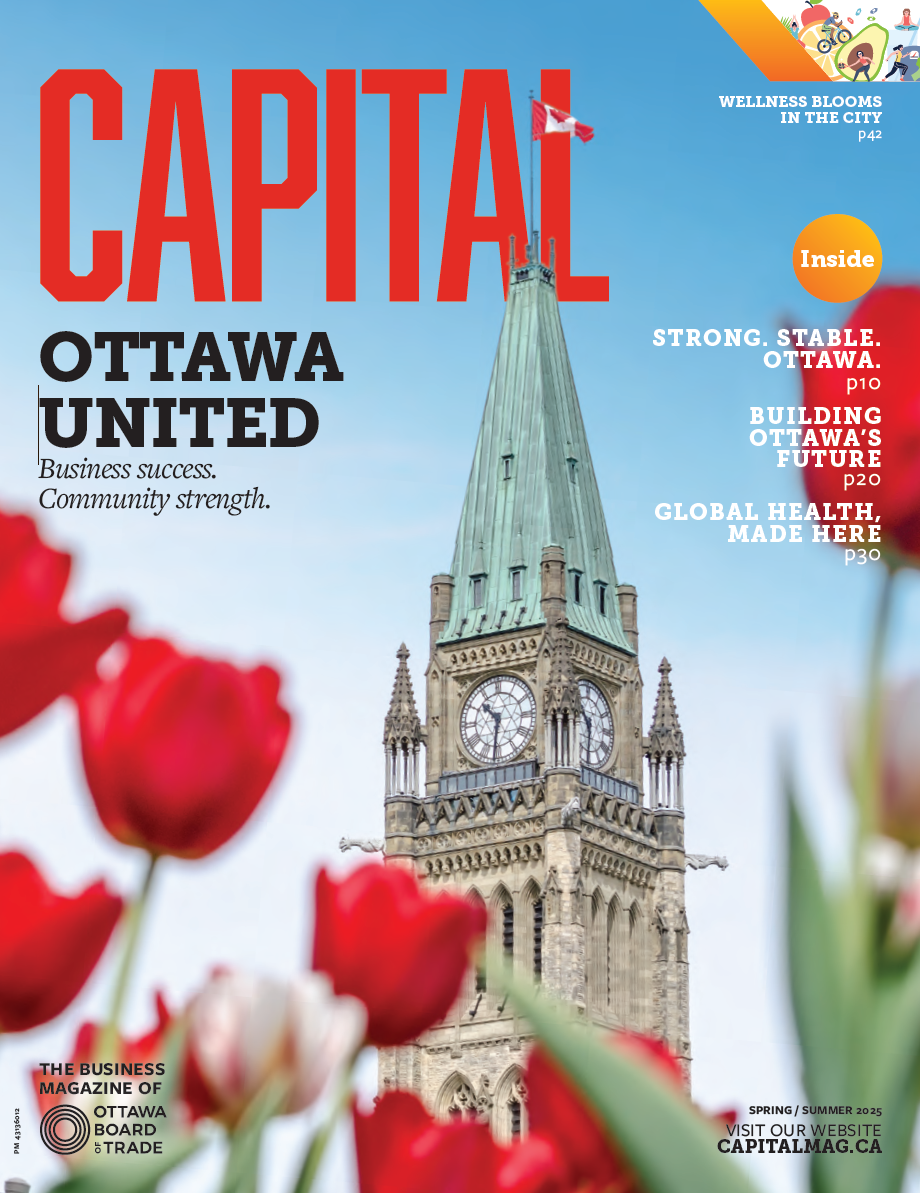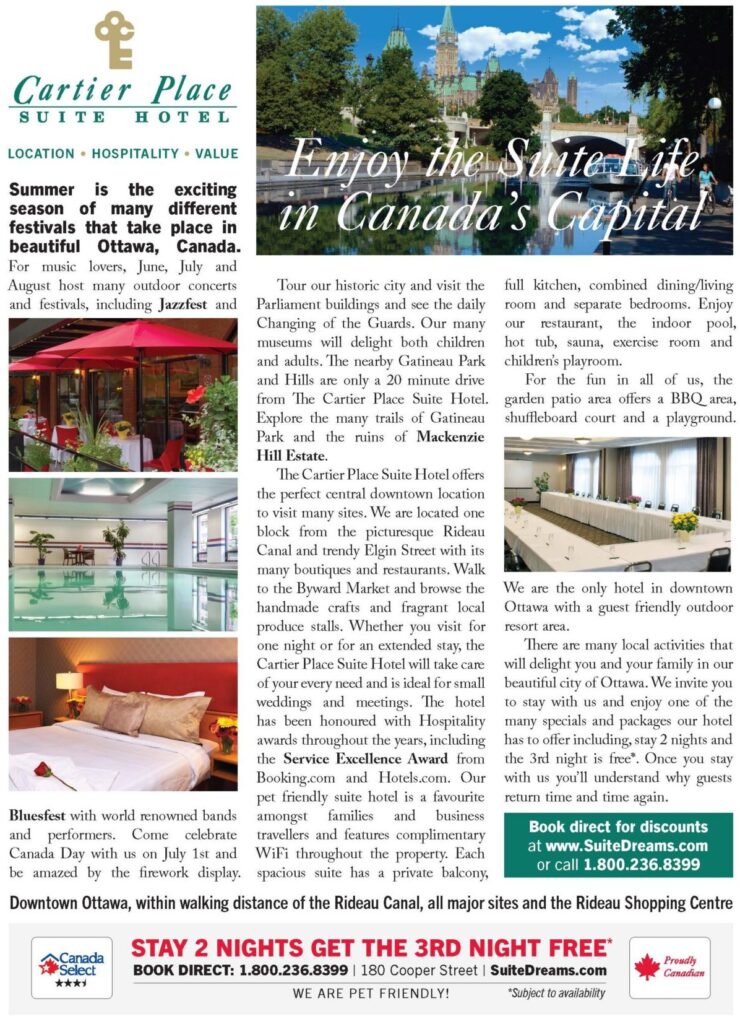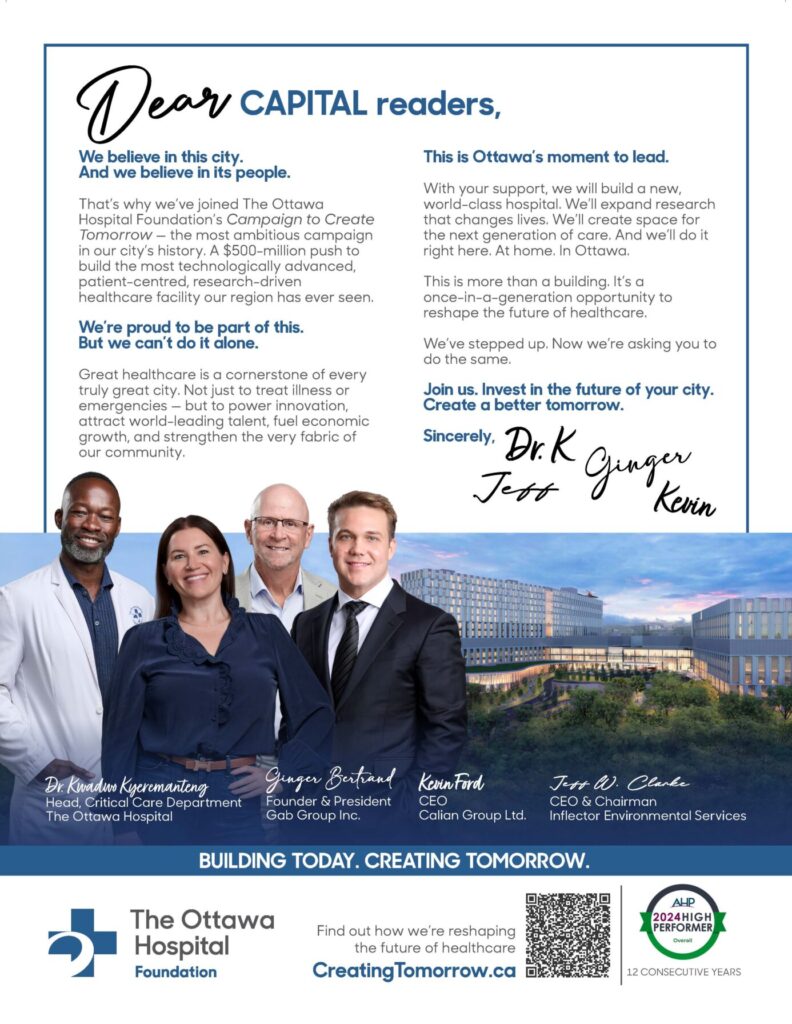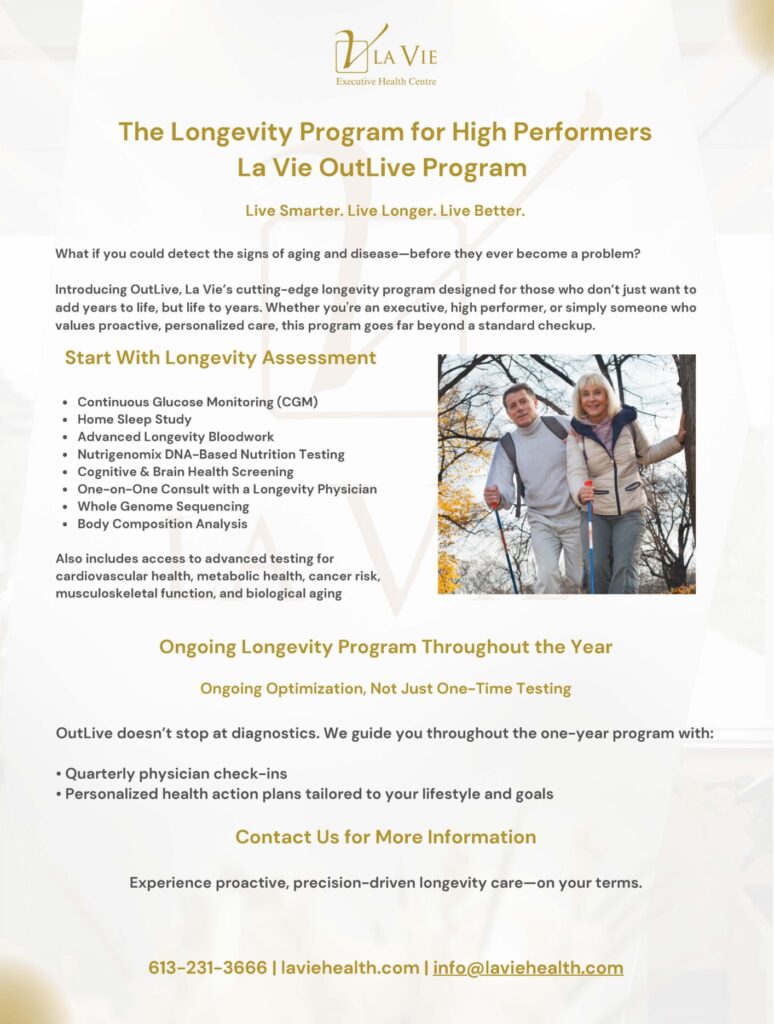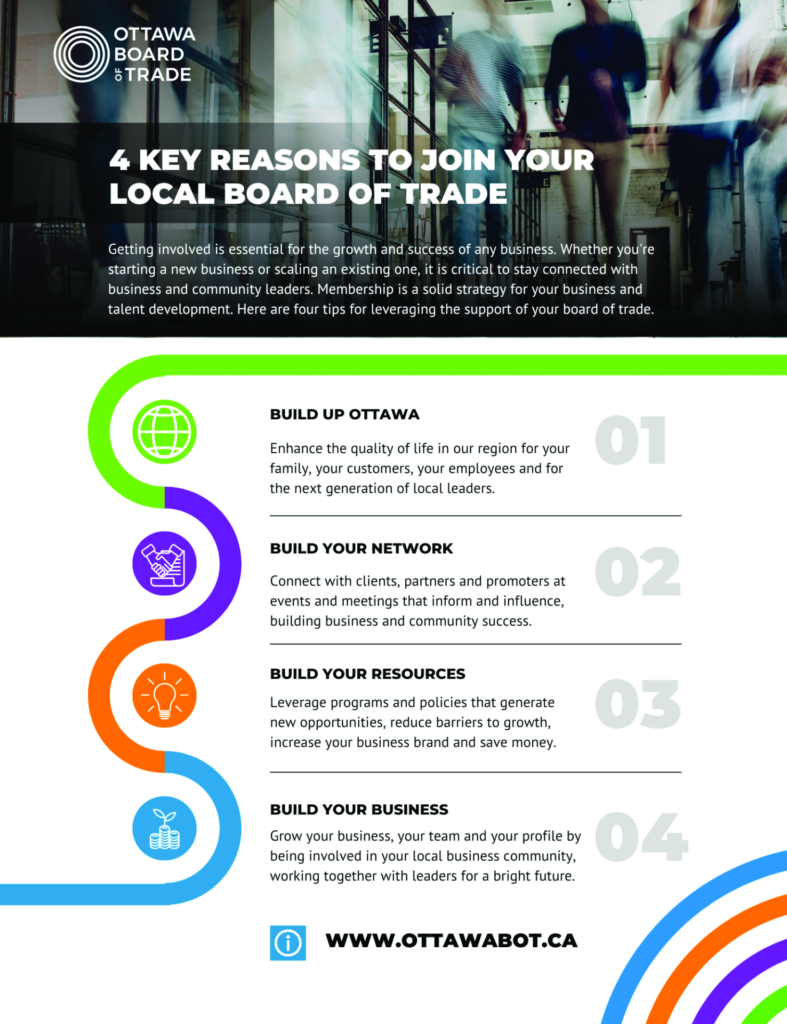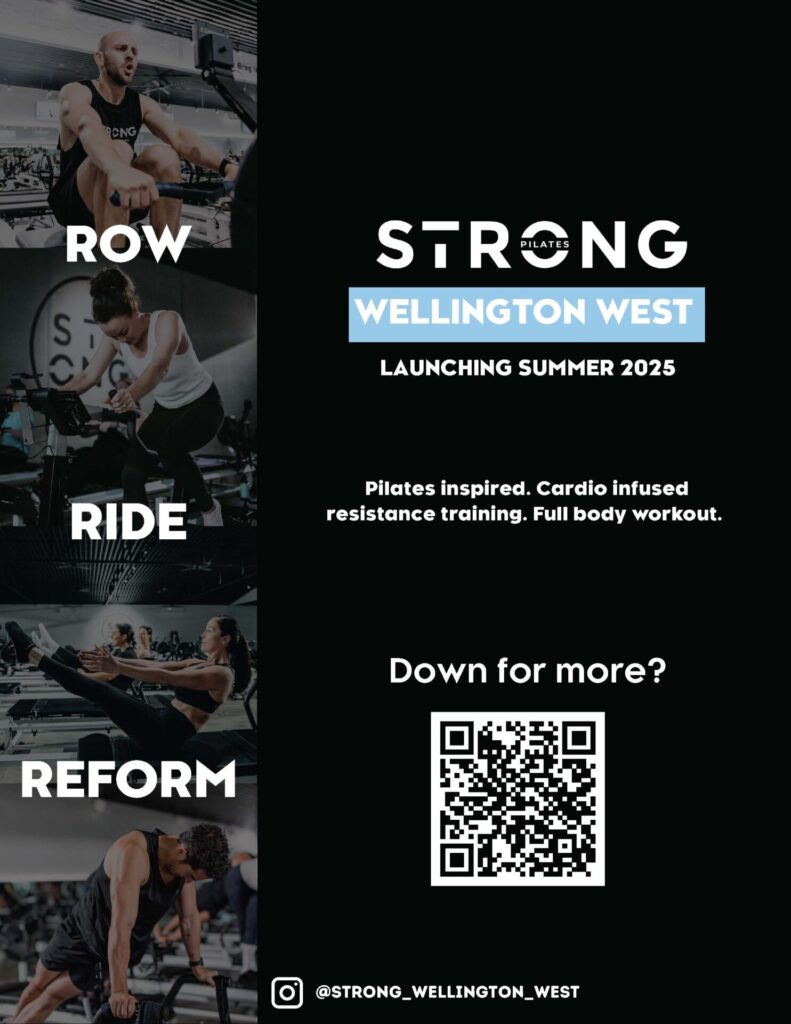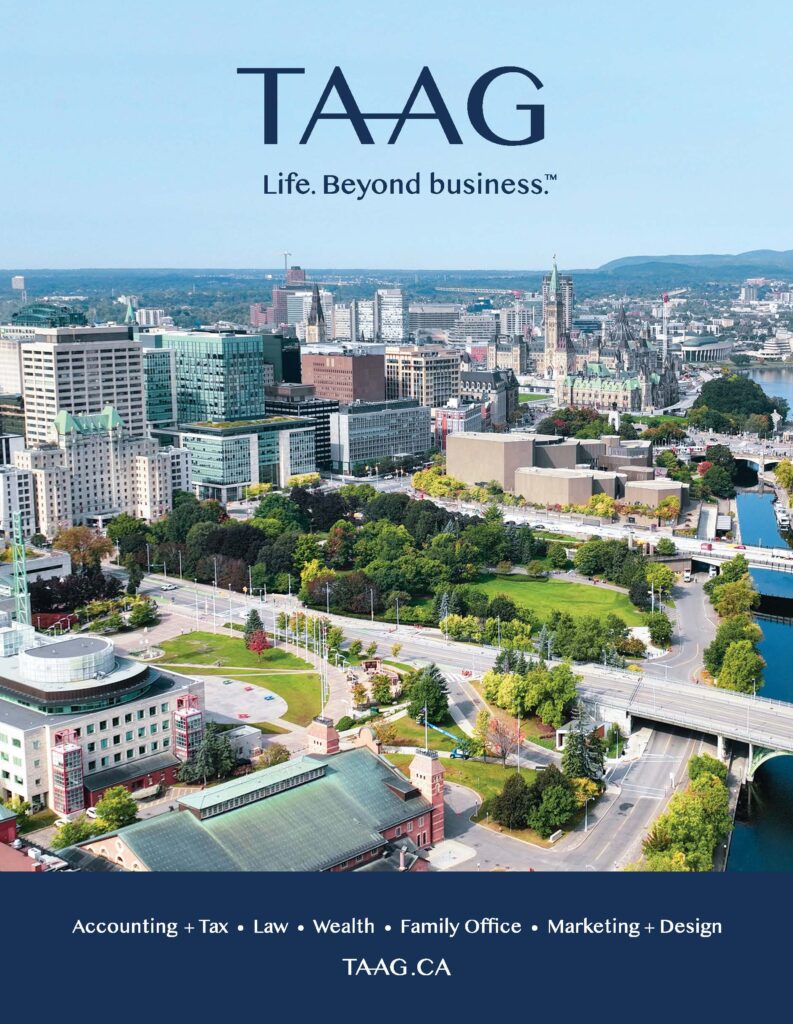REIMAGINING OTTAWA:EXCITING DOWNTOWN REVITALIZATION WILL GENERATE NEW ENERGY

Ottawa’s downtown core remains a vital economic hub in a city that was thriving before the global pandemic, and promises to bounce back in new exciting ways in a world that has been forever changed.
BY JEFF BUCKSTEIN
“The status quo is not an option. It is time to reimagine Ottawa, not only in the projects that we pursue, but perhaps more importantly in our approach,” said Sueling Ching, president and CEO of the Ottawa Board of Trade (OBOT).
“It is critical we build on the hard life lessons we have learned. We are all connected. Business drives community. Community drives business. Our economy and our physical and mental health are completely intertwined,” said Ching.
A recent OBOT sponsored event, City Building Summit 2022: Reimagine Ottawa, reinforced that theme.
“Downtowns have multiple purposes. There are many more pieces to add to the narrative about what downtowns have become and what they will look like in the future,” said keynote speaker Mary Rowe, president and CEO of the Canadian Urban Institute in Toronto.
She noted that “as much as we have technology, and as much as we have the enabling things that will give us more choice, it’s no replacement for the kind of engagement and experience that we are going to have as a collective. That’s why cities happen.”
Downtown Ottawa only makes up 0.3 per cent of Ottawa’s census metropolitan land area, but six per cent of the population lives there, and it is home to 24 per cent of jobs, generating 22 per cent of the city’s gross domestic product, said Rowe. She cited a massive drop off in visitor traffic as one of the most significant impacts of the pandemic on downtown Ottawa, with average weekday visitor volume in foot traffic in May 2022 down by 79.4 per cent since March 2020.
“The return to office is the pressing question,” said Rowe. “One of your great assets of being a [government] town is [also] one of your great liabilities in that you have a single industry that was bringing in a couple of hundred thousand workers into the core every day. This holding pattern is a very difficult position to put a municipality in, and Ottawa is bearing the brunt of that more seriously than any other city across the country.”
It is important to bring people back into the downtown core. And so with the Government of Canada leasing more than 40 per cent of Ottawa’s commercial office space, if it does not choose to reinhabit some of its buildings itself, it must be bolder about repurposing them so they get used for something else, she stressed.
Addressing cities in general, Rowe said COVID revealed or exacerbated certain vulnerabilities of downtown cores, including a lack of housing affordability and inadequate housing choices; growing mental health and addiction challenges; unsustainable transit funding; shifting consumer patterns away from in-store to purchasing online; inequitable investment in the public realm; and a lack of funding, plus varying responsibilities among the different levels of government.
Although downtowns have multiple purposes, there are some common principles associated with downtown recovery, said Rowe. It must be equitable, meaning welcoming and inclusive. It must be vibrant, always active. Livable, with complete communities and housing options available to residents. Flexible, meaning innovative in governance and built form. And resilient by being prepared for future shocks that might occur to disrupt the status quo.
Rowe recommended several steps for revitalizing the downtown core, including allowing for new uses and new neighbours and becoming more creative about adapting interior spaces for flexible uses. “Let’s get much more nimble about how we adapt space quickly. That has to be part of the resilience and adaptability of cities,” she said.
Rowe said it is important to create partnerships and new coalitions designed to bring cultural events, recreation and other experiences into the downtown core.
Reassurance is also vital. “We need to be able to find ways to assure people that they are safe. That there is the capacity for people to get the support they need. This is no easy fix. This is complicated,” she said. That involves reinforcing the sense of community and community safety and mutual responsibility in an inclusive, non-stigmatizing way.
There also needs to be a comprehensive, integrated coordinated approach between the various levels of government and business to providing housing and looking after residents’ mental health, including providing a range of interventions where needed to support people, so that they can co-exist in a safe and healthy way, Rowe elaborated.
She encouraged cities to imagine more opportunities for alternative property uses, as she did for the federal government in Ottawa, stressing that the downtown core must be for everyone.
Whatever constraints there may be – whether it be money-related, zoning, roads, or political will, “we’ve got to figure out how [to] get more land in denser environments to be able to create more housing, and more opportunities for supportive housing for people to be able to live there,” Rowe emphasized.
Urban Future with a Purpose
“As Canadians become more comfortable returning to everyday life, we have begun to reconsider what we want every day life to look like, and which pandemic era of changes we think should remain in place,” said Kevin Radford, the Ottawa based national real estate leader with Deloitte Canada.
Deloitte’s presentation at the Summit was themed Urban Future with a Purpose.
Foremost among those changes is the remote work environment, as the pandemic has helped to transform thinking around cities, added Radford, who noted that there are both employers and employees who seek value in allowing remote work arrangements to continue, either entirely or as a hybrid workplace.
For example, in knowledge-intensive sectors, 70 per cent of workers say they will work from home at least one day a week.
In a tight labour market, the decision made by an organization can distinguish it from its competition. It can also have broader ripple effects across the entire downtown and urban network, said Radford.
Globally, he noted, there is a multi-centered and human centered approach to city building, where critical goods and services are no more than a 15-minute walk or bike ride away from where residents live. Instead of a single city centre, there are segregated places where people live, work, shop and play.
“This approach envisions a decentralized city, where every neighbourhood contains all the basic social functions for living and working,” explained Radford, who said that such a city would also reduce carbon emissions, provide an option to go car-free, and increase quality of life.
This will, of course, also have a significant impact on public transportation.
“It is possible that due to flexible work arrangements and shifting preferences, the way transportation systems are designed is out of step with the way that people now prefer to live, work and travel. That’s a problem. But it is also an opportunity to rethink not only mobility in Canadian cities, but the cities themselves,” said Radford.
This could also enhance the use of a mobility as a service platform to “allow dynamic trip planning and payment across all modes, public or private, on a single platform or application,” he added.
City Upgrades
The Summit audience of business and community leaders was also appraised of future planning near the downtown area.
“We’re developing a state of the art trauma centre,” explained Cameron Love, president and CEO of The Ottawa Hospital, who noted that especially in the wake of COVID-19, with a shortage of professionals available, the healthcare profession has become extremely competitive.
“We’re very fortunate to have people [from] all across the globe. And as we look forward to the number of people we need to hire to be able to be able to provide high quality health care, this building becomes a magnet. This will position us to create a world class centre that puts us in the same league as places like the Mayo Clinic (in Rochester, Minnesota), Johns Hopkins (in Baltimore), the Cleveland Clinic, and Massachusetts General in Boston,” he explained.
In LeBreton Flats, the National Capital Commission (NCC) is bringing back an historic part of the city “that has been untouched for too long,” said Véronique de Passillé, the NCC’s vice-president of corporate, legal and government affairs.
The mix of residential housing, including affordable housing, recreation and nature will be “a wonderful example of sustainable and integrated urban planning,” added de Passillé.
Mark Goudie, president and CEO of the Ottawa Sports and Entertainment Group (OSEG), discussed how OSEG partnered with the City of Ottawa to bring historic Lansdowne Park “back to life in 2014.”
It has further development plans. The Lansdowne 2.0 proposal, which has been approved by City Council, will add three phases of development over the next approximately seven years, he explained. The first will be to build a new event centre. Phase II will see the demolition of the old Civic Centre as well as the demolition and rebuild of the north side stadium stands and the retail podium. Phase III will add 1,200 new residential units in new buildings, including 120 units for affordable housing.
OTTAWA’S NEW BRAND: CANADA IN ONE CITY.
The City Building Summit also addressed the origins and use of Ottawa’s current branding.
Michael Crockatt, president and CEO of Ottawa Tourism, explained that after conducting extensive research, including surveying close to 1,400 citizens, interviewing more than 25 community leaders, analyzing nearly seven million online conversations, and conducting four workshops with more than 100 attendees, among other activities, “we determined Ottawa’s brand essence – the real heart and sole of our brand, to be ‘Canada in One City.’”

“It’s a powerful statement, particularly because it’s one that no other city in Canada can make. It beautifully describes not only who we are, but the experiences that we can deliver, and the image that we want to project to the rest of the world,” Crockatt explained.
Businesses also need to embrace this as part of their own brand, viewing this as a mutual opportunity to build that brand, while the brand can also help to build their business, said Sueling Ching, president and CEO of the Ottawa Board of Trade.
“Talent is exceptionally challenging at this time because we’ve got a global mobile talent force and a lot of new conditions with respect to the virtual hybrid world,” said Sonya Shorey, vice-president of strategy, marketing and communications with Invest Ottawa.
Follow and share Ottawa’s story with #myottawa and #monottawa. Check out ottawatourism.ca for what’s happening and cometoottawa.ca to be an ambassador.






